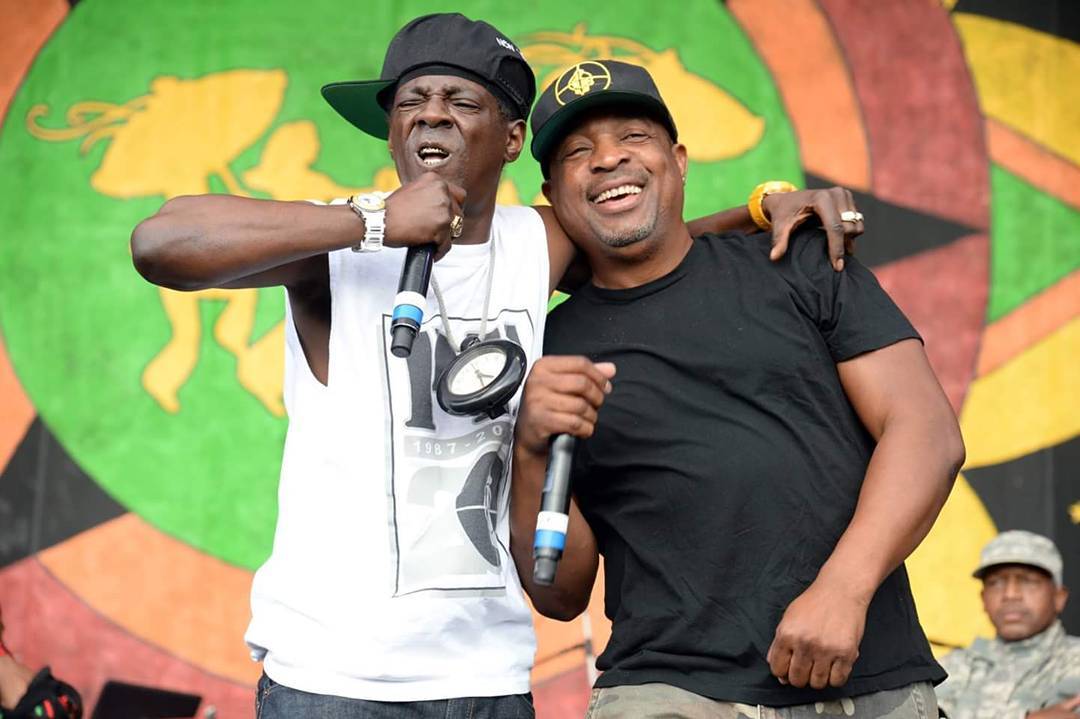
Public Enemy‘s Chuck D is calling out Flava Flav for alleging in court documents that his home burned to ash during the devastating California wildfires.
Previously reported that Flav has been trying to serve the MC with a lawsuit over profits he thinks he’s owed from work with P.E. and claimed in court documents that he was unable to serve the rapper because his “home burned down in the fire.”
“An attempt was made again on December 8, 2017, but Ridenhour’s home was in the path of the Ventura County fires. Plaintiff has since learned that Ridenhour’s home burned down in the fire, and he is believed to be living in [a] hotel at an unknown location.”
Chuck D took to social media and said that his house was damaged by “toxins” and mudslides, and he was also evacuated — but his home is still standing.
In the suit, Flav alleges that money and property rights have been jacked from him and that his voice and image were used on the newly released P.E. album “Nothing is Quick in the Desert” without his consent.
“This action involves the usurpation of money and property rights from Plaintiff William J. Drayton, known as ‘Flavor Flav.’ Drayton is recognized as one of the two key members of groundbreaking Hip Hop group Public Enemy. Public Enemy have been inducted into the Rock ‘n’ Roll Hall of Fame and have sold tens of millions of records,” the suit reads. “Despite Drayton’s position in Public Enemy, the group’s management and related companies have for years attempted to minimize his role in the Public Enemy business, while continuing to rely upon Drayton’s fame and persona to market the brand.”
In a statement to TMZ, Chuck D dismissed the claims and noted that Public Enemy would continue to perform together.
“We will be [together] on a future stage,” Chuck said, adding that Flav “took a wrong turn on this” and “will again be embarrassed admitting on stage about the way it spun out. It’s always this way with him.”
He also posted on Twitter, “Flav will be ok. @tmz Drama is beneath me considering our Age. It’s low entertainment but I definitely like to find those 50 songs he wrote.”






























